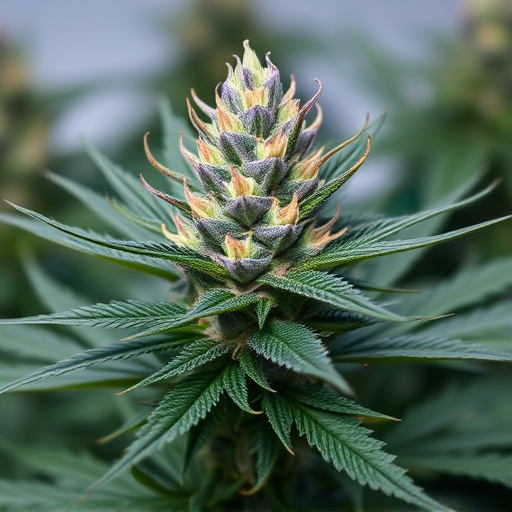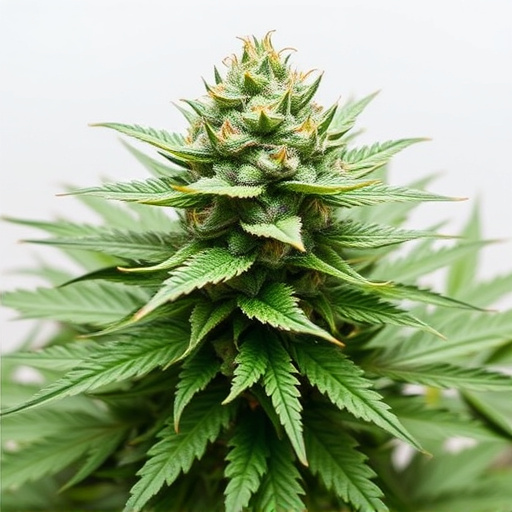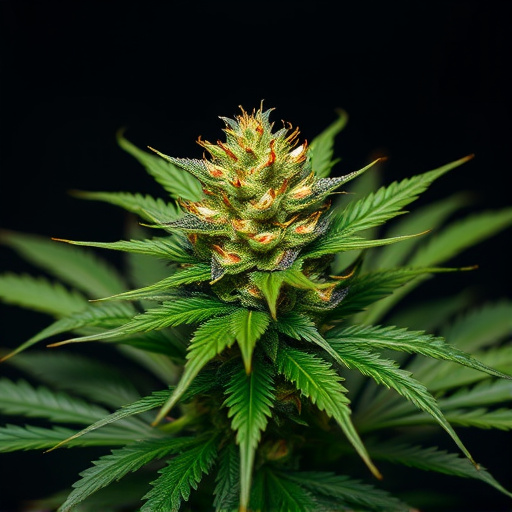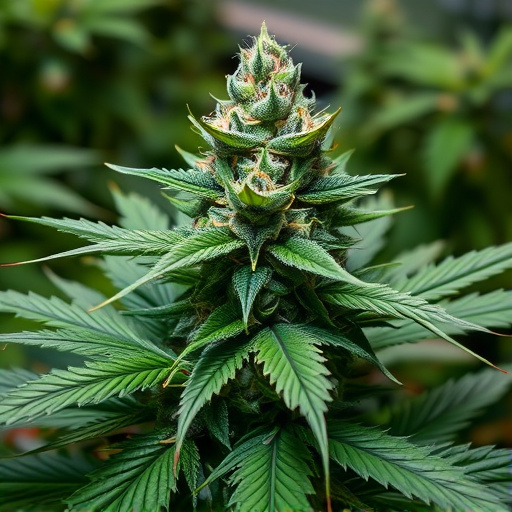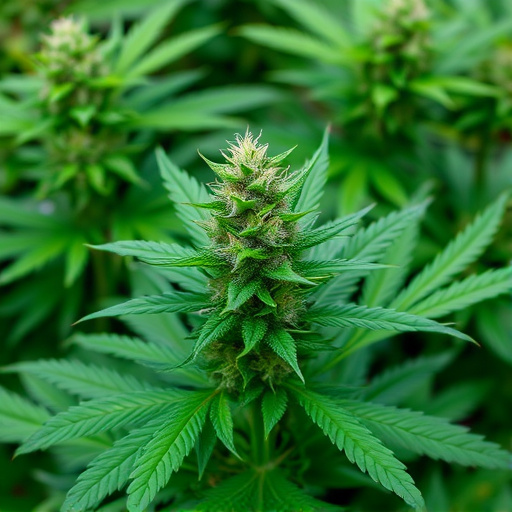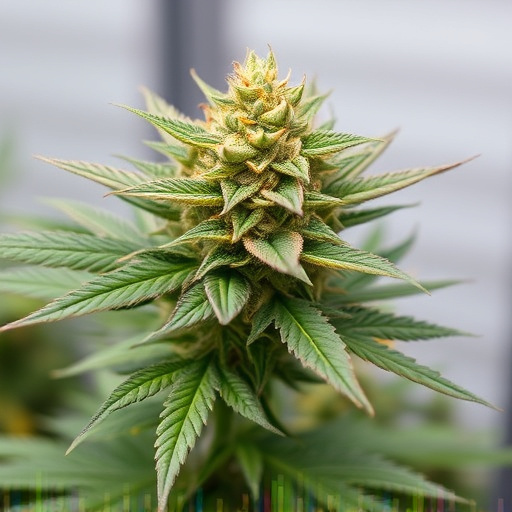Cannabis, derived from Cannabis sativa, contains cannabinoids like tetrahydrocannabinol (THC) that interact with the body's endocannabinoid system. Drug testing advancements, including gas chromatography-mass spectrometry (GC-MS), help detect THC and its isomers in cannabis sativa strains. As legalization increases, more advanced tests are needed to distinguish active compounds from breakdown products. Users should consider strain profiles, terpene content, and cultivation methods to manage drug test risks associated with cannabis consumption.
Weed, or cannabis, has gained significant attention, both legally and culturally. However, its presence in drug tests is a complex matter. This article explores how cannabis shows up in tests and delves into the science behind it. We’ll discuss the metabolites of cannabis sativa strains and their impact on testing methods. Understanding these factors is crucial when navigating the world of drug testing, especially with the diverse range of strains available today. By examining these aspects, we can gain valuable insights into accurate detection and interpretation of test results.
- Understanding Weed and Its Metabolites
- Drug Testing Methods and Cannabis Detection
- Different Cannabis Strains and Their Impact on Test Results
Understanding Weed and Its Metabolites
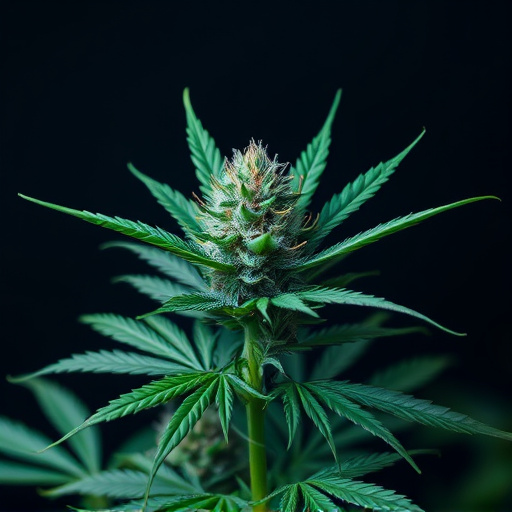
Cannabis, commonly known as weed, is derived from the plant Cannabis sativa and has been used for both medicinal and recreational purposes for centuries. When consumed, cannabis interacts with the body’s endocannabinoid system, which regulates various physiological processes including mood, memory, appetite, and pain sensation. This interaction can lead to a range of effects that vary based on the strain, method of consumption, and individual tolerance.
The primary compounds in cannabis that show up in drug tests are cannabinoids, with tetrahydrocannabinol (THC) being the most well-known. THC is responsible for many of the psychoactive effects associated with cannabis use. The body metabolizes THC into various byproducts, collectively known as metabolites, which can remain detectable in urine or blood tests for days or even weeks after consumption. Understanding these metabolites and their elimination half-lives is crucial when interpreting drug test results, especially considering the wide variety of Cannabis sativa strains available today, each with distinct cannabinoid profiles.
Drug Testing Methods and Cannabis Detection
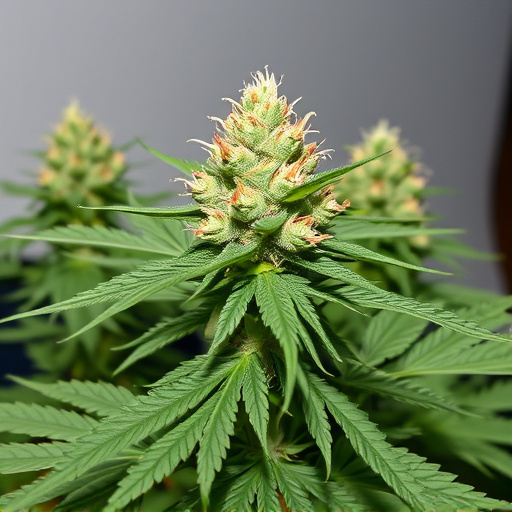
Drug testing methods have evolved significantly, but the detection of cannabis, particularly its active compounds like THC, remains a complex challenge. Traditional urine drug tests often rely on immunoassays that can detect the presence of THC metabolites, such as 11-nor-9-carboxy-THC (THC-COOH). However, these tests may not differentiate between cannabis use and the breakdown products of legal substances like certain medications.
Advancements in technology have led to more sophisticated methods, like gas chromatography-mass spectrometry (GC-MS), which can accurately identify and quantify THC and its isomers found in various cannabis sativa strains. This highly sensitive technique allows for precise detection, even when the levels of THC are minimal. As cannabis becomes increasingly legalized and regulated, more advanced drug testing protocols will be necessary to distinguish between active compounds and their breakdown products to ensure fair and accurate assessments.
Different Cannabis Strains and Their Impact on Test Results
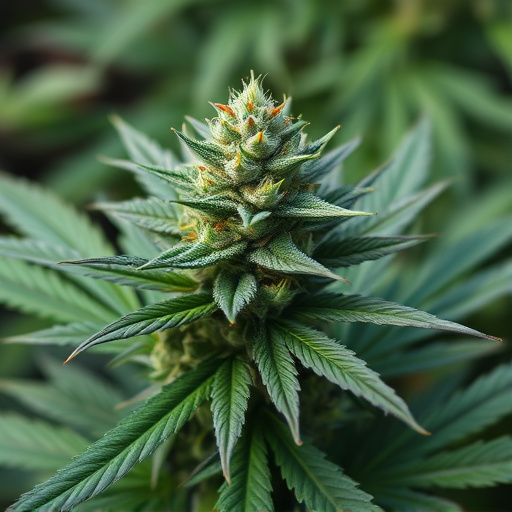
Cannabis, or weed, comes in various forms and strains, each with unique properties that can impact drug test results. The most common types are indica and sativa, but hybrid varieties are also prevalent. Sativa cannabis sativa strains tend to have higher levels of THC (tetrahydrocannabinol), the primary compound responsible for getting users high. Due to this, sativa use can significantly increase the chances of a positive drug test result, especially if tested for THC or its metabolites. On the other hand, indica strains often contain lower THC concentrations and more CBD (cannabidiol), which may provide some medical benefits without causing a strong intoxicating effect. As a result, indicas are less likely to show up in tests, making them a preferred choice for those concerned about drug test results.
The impact of cannabis strain on drug tests isn’t solely based on THC levels. Other factors like the plant’s terpene profile and cultivation methods can also play a role. Terpenes are aromatic compounds that give different strains their distinct smells and flavors, and they may interact with THC to produce varying effects. Additionally, how the cannabis is grown and processed can affect its potency and the presence of specific compounds, further influencing test outcomes. Understanding these nuances is crucial for individuals using cannabis for medical or recreational purposes to manage the potential risks of positive drug test results.
Weed, or cannabis, can remain detectable in drug tests for varying periods, depending on factors like frequency of use, method of consumption, and individual metabolism. Understanding the complexities of how weed shows up in drug tests is crucial for both users and employers. The detection of cannabis and its metabolites through advanced testing methods highlights the importance of being aware of the effects of different strains, such as those from Cannabis sativa species, on test results. Staying informed ensures accurate interpretations of drug test outcomes.

